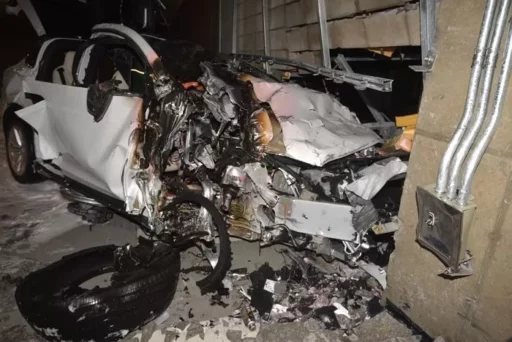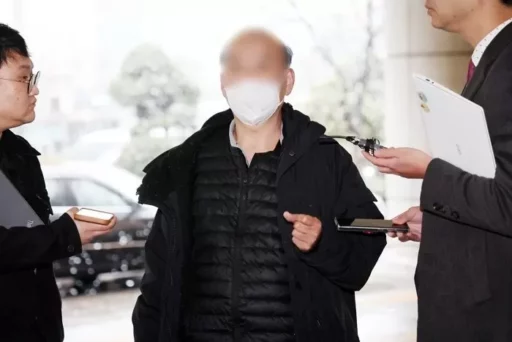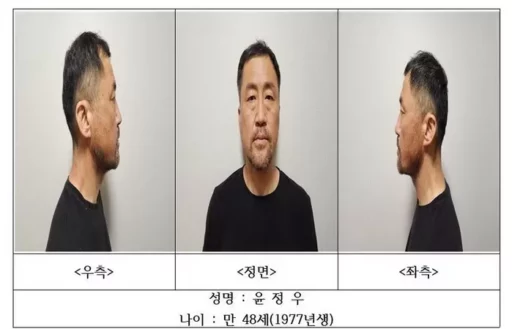Tesla Model X Fatal Accident: Family Raises "Acceleration Incident Suspicions" and Initiates Lawsuit
The family of a prominent law firm attorney who died in a Tesla Model X accident has raised suspicions of sudden acceleration, initiating legal action against Tesla's U.S. headquarters and its Korean branch.
On the 19th, the family’s representative, attorney Ha Jong-sun, held a press conference in Samseong-dong, Gangnam, Seoul, announcing that a civil lawsuit against Tesla’s headquarters and Tesla Korea had been filed with the Seoul Central District Court the day before.
The accident occurred on December 9, 2020. Attorney Yoon, who was riding in his Tesla Model X vehicle driven by a designated driver, crashed into a wall in a parking lot and tragically lost his life. The accident was initially concluded to be the result of driver negligence; however, the family has since raised the possibility of a vehicle defect.

Raising Suspicions of Sudden Acceleration Through Vehicle Data Analysis
Attorney Ha has presented the analysis of the Model X vehicle's telematics data as evidence to substantiate the suspicion of sudden acceleration.
According to him, while the accelerator pedal displacement was recorded at 100%, the driving speed did not increase sufficiently. This is claimed to be evidence that the designated driver applied the brakes.
"Generally, when a car accident occurs, we check the Event Data Recorder (EDR) data, but in this case, a fire broke out immediately after colliding with the wall, leading to the loss of the EDR data," explained attorney Ha.

Fortunately, Tesla vehicles are equipped with a system that saves operational data as telematics data and transmits it to Tesla servers. This allows verification of the vehicle's driving status just before the accident.
Attorney Ha stated, "According to the telematics data, six seconds before the crash, while the speed was 55.84 km/h, the accelerator pedal displacement remained at 100% for six seconds. However, six seconds later, the speed only increased by 39 km/h to 94.95 km/h. Given that the vehicle's 0-100 km/h time is 4.6 seconds, if the accelerator was pressed at 100% for six seconds, it would not yield this low speed. Therefore, we must conclude that the driver must have applied the brakes."
Safety Device Functionality Also Under Question
The family has raised concerns regarding the functionality of the vehicle's safety devices through their analysis of the telematics data.
Data related to radar recognition was recorded as '0', indicating that the Automatic Emergency Braking (AEB) system, which recognizes obstacles ahead, did not operate properly. Furthermore, the lawsuit includes claims regarding airbag malfunctions and the failure of all doors and the trunk to open at the time of the accident, which hindered timely rescue efforts.

Attorney Ha emphasized, "According to Korea's Product Liability Act, when an accident occurs under normal driving conditions, a defect is presumed. Since the designated driver suddenly experienced sudden acceleration after entering the apartment complex, we must presume a defect in the vehicle."
Meanwhile, in connection with this accident, designated driver Mr. Choi was previously tried and sentenced to one year in prison for violating the Special Act on Traffic Accidents last year, which suggests that this lawsuit will spark a new debate surrounding the cause of the accident.
Image source: Tesla Model X / News1, Photo Provided by Yong Sang Fire Station, Designated Driver Mr. A / News1


